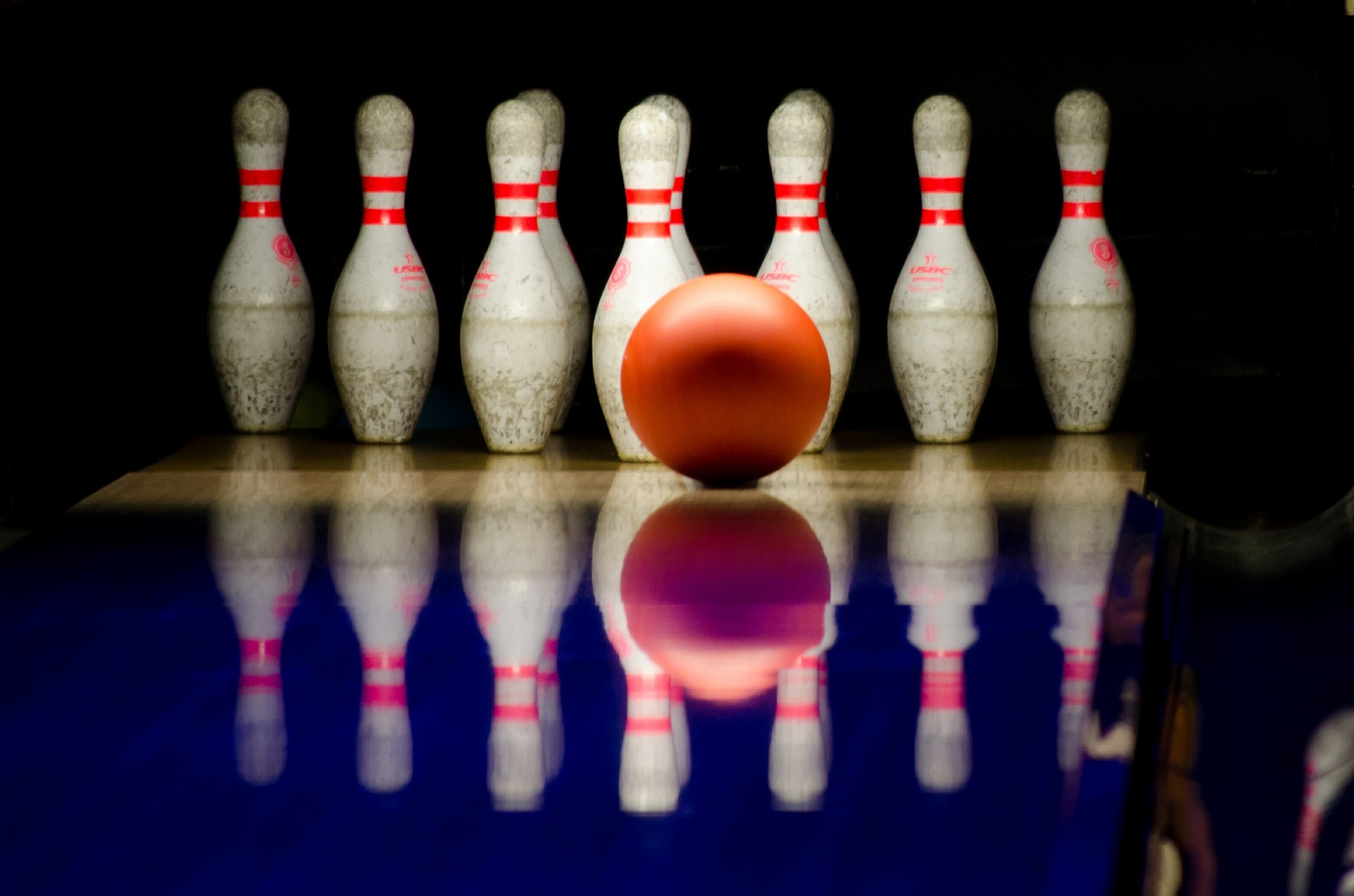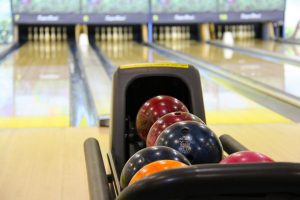If you consider buying a bowling ball, it’s important that you know the basic structure of the item. A bowling ball consists of two main parts—the Weight Block and the Coverstock.
The Weight Block
The Weight Block is the built-in part under the Coverstock. Weight Blocks are available in two types:
1. High mass weight block
2. Low mass weight block
A high mass weight block often takes the shape of a pancake. It’s usually built close to the coverstock. This weight block is designed to promote a good deal of length down the lane since it doesn’t allow the ball to roll heavily down.
On the other hand, a low mass weight block takes different shapes and densities. It’s usually built towards the center of the ball to allow a heavier roll to increase hook chances.
The Coverstock
Often known as the shell, the coverstock is the outer, visible part of the bowling ball. This part plays a major role in improving the hook potential since it’s in contact with the lane surface. Bowling ball Coverstocks are available in four different types:
• Plastic
• Urethane
• Reactive resin
• Particle
The difference lies in their performance and reaction to the lane surface. Once the ball rolls down the lane, it creates friction between the coverstock and the surface. As more friction develops, there are higher chances of hook potential. The amount of friction created varies according to the type of coverstock.
Plastic
This coverstock offers a very smooth surface with the least friction. Therefore, it comes with the leas hook potential. It’s usually recommended for beginners, but experienced and advanced bowlers may also use plastic bowling balls when it comes to shooting spares.

Urethane
This type of coverstock is more durable compared to the plastic version. Besides, it offers more friction between the coverstock and the lane surface. Urethane also experiences less deflection as the friction develops, which is ideal for a better pin action. Importantly, the Urethane version remains controllable, but with improved hook potential.
Reactive Resin
The reactive resin ball is less durable when compared to the plastic or urethane version. However, it comes with much more friction than the two. It also offers improved hook potential and pin action. With the high friction developed, such balls are sensitive to the conditions of lane surfaces, making them a bit more difficult to command. Reactive resin balls are ideal for intermediate and advanced bowlers.
Particle (proactive)
The particle ball is simply a snow tire with chains, which give its surface a bumpy feel. The structure enables the ball to get deeper into the lane surface and create a good amount of friction on oiled lanes. It is recommended for the intermediate and advanced bowlers targeting oiled lane surfaces.
Final Thought
Technology has improved a great deal, making bowling balls to evolve as well. These are just the basics of a bowling ball. It is advisable to shop around and engage trained professionals to help you choose the right bowling ball. Visit reliable shops and select the right ball to suit tour needs.


